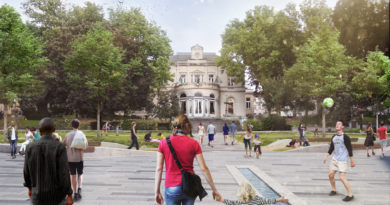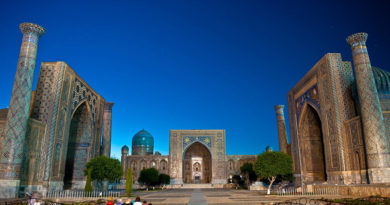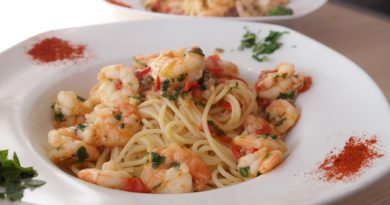Veneto, flavours of the Earth
The Italian region of Veneto is composite and multifaceted: it discloses a picturesque patchwork of landscapes, traditions, cultures and flavours. Surrounded by the Adriatic Sea, the Po Valley and the Alps, Veneto displays some major subregions, each of them characterised by its own environment, landscape and urban development.
The mountainous Northern area features social and economic characteristics that are typical of the area around the Alps, that is, a low population density, lands not particularly suited for agriculture and slow industrialisation; however, in the Northern part of Veneto region many important holiday resorts are to be found.
Slowly descending from the rocky spurs of the Dolomites to the Prealps and the Plain, we reach the seaside resort towns where the Po river twists and turns, finally flowing into the Adriatic sea. This is the region’s liveliest and richest area, characterised by a roaring trade and a thriving industry, a thick network of cities and historically and culturally rich towns.
Finally, the Eastern area of Veneto displays lagoon coasts and low plains which are often at risk of flooding. At the very center of the lagoon rises Veneto’s jewel in its crown, Venezia, which is completely founded on islands or lands just over the sea level.
As the landscape changes, so do the flavour, colour and scent of the traditional dishes. The most typical dishes are nourishing and calorific, and were initially born either as the means of fighting the cold winters, or to make the most of the raw materials the lands could provide. However, there is a wide variety, ranging from the sumptuous dishes of the Serenissima (the historical Republic of Venice) to the simple and humble dishes of the rural and alpine hinterland; the former employs the precious spices of the upper-class cuisine, while the latter makes use of wild herbs.
The Venetian cuisine is generally poor, made of cheap ingredients and careful not to waste anything, yet surprisingly rich in flavour. Among the ingredients that take pride of place in the Venetian culinary identity, we can identify baccalà (salted codfish), bigoli (a particular type of pasta), rice, polenta (cornmeal mush) and even more characteristic dishes, whose names reflect the Venetian culture and dialect, such as poeastro in tecia (stewed chicken), cotechin e faso’i (pork sausage and beans), pearà (sauce made up of stale bread, beef marrow, broth and pepper) andverze sofegae (stewed cabbage).
Every city in Veneto has its own typical food. In the cities of Treviso and Castelfranco we find the crunchy radicchio; in Marostica the renown savoury cherry; in Asiago the cheese that takes its name from this town; in Montagnana the sweet and mild prosciutto (raw ham). Other well-known food from the Veneto is both sea and freshwater fish, meat both from farm and from game , many different fruit and vegetables, not to mention the renown olive oil from Lake Garda or the countless wines, among which the ever bountiful prosecco.
And where could you find these marvelous dishes? It’s up to you to choose among different places to taste the typical flavours of Veneto. You may prefer the traditional alpine stube covered in wood, or the local osterie faithful to tradition, or even the sumptuous starred restaurants. Veneto offers all this and so much more!



